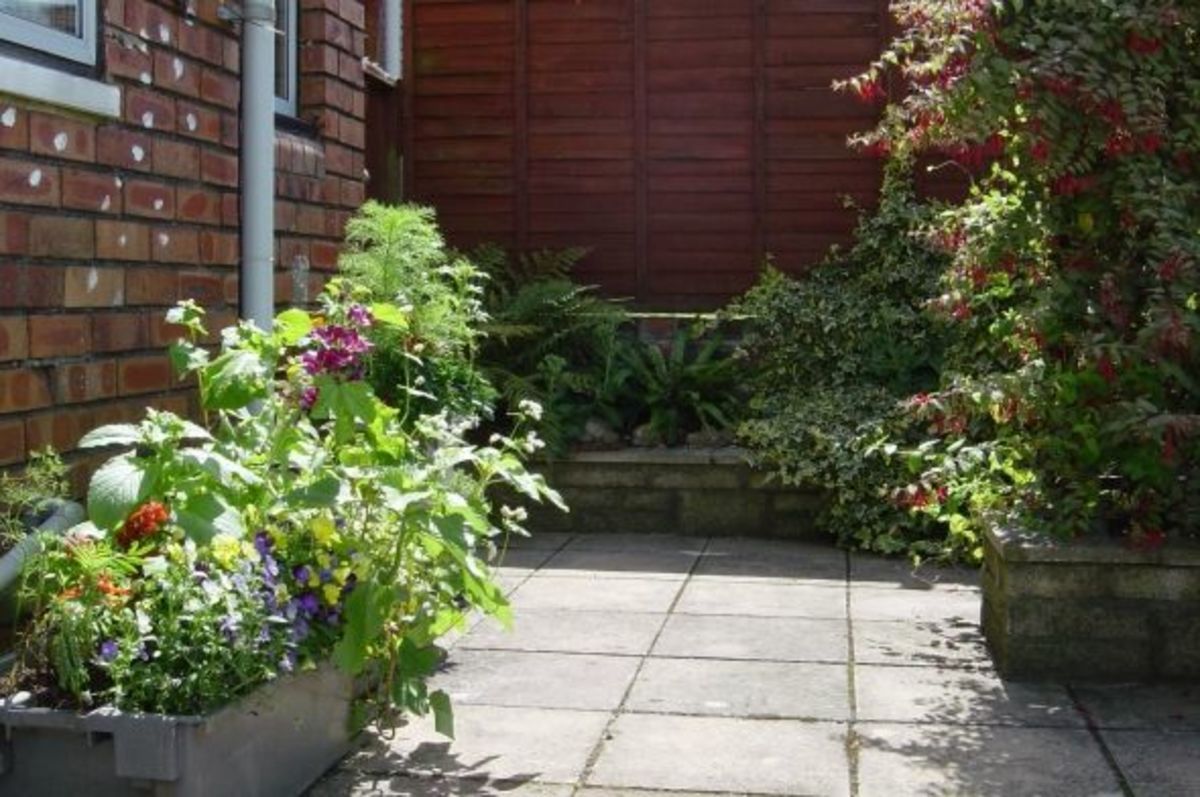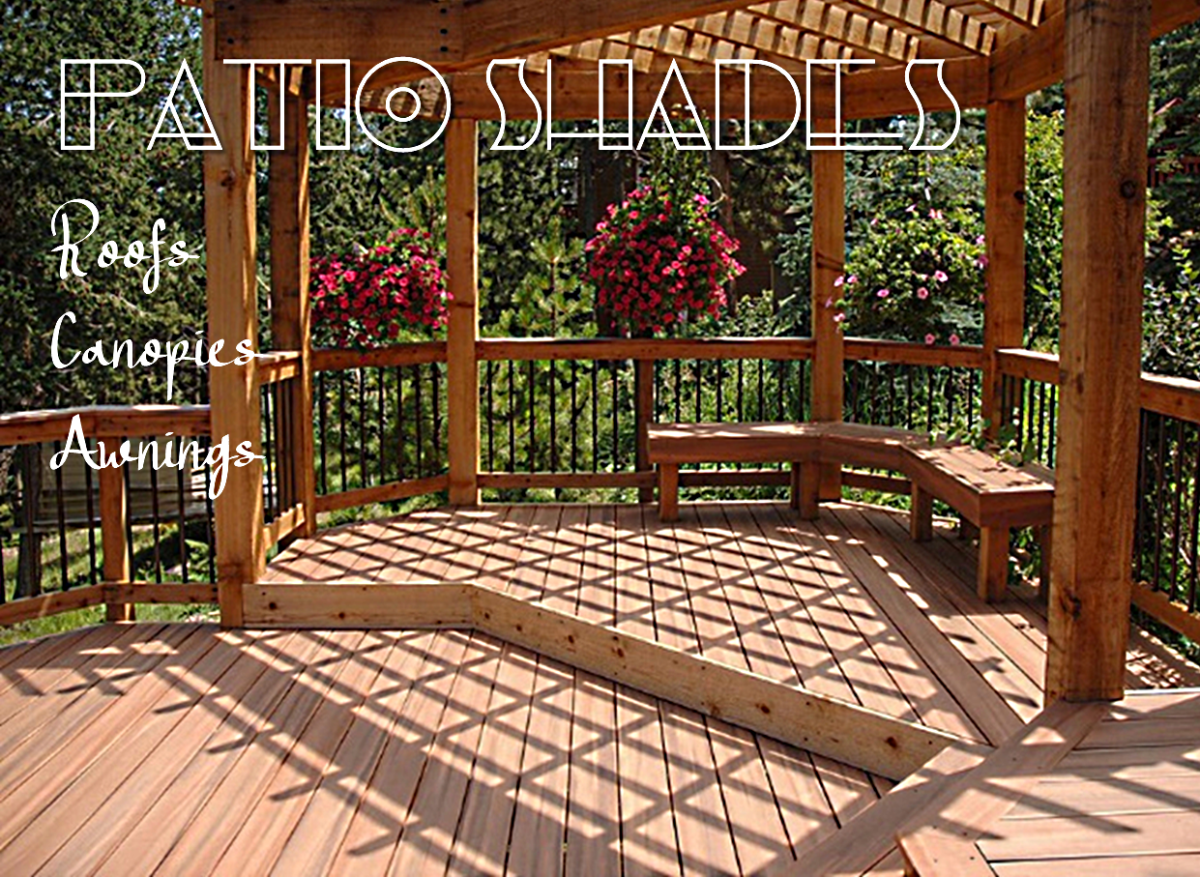How to. Natural stone patio and walkway building tips from a natural stone stonescape specialist, C.R. Stone.
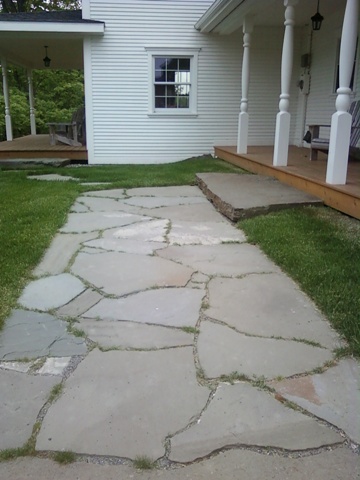
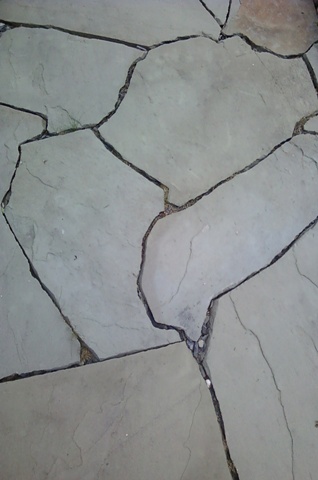
Make your patio last!
The cost of hiring a professional stonework installer has gotten more and more expensive over the past few years and is not in the budget for allot of home owners. If you happen to be within the group homeowners who may not be able to afford to hire landscape pros, but would still like to be able to sit outside and relax on a beautiful stone patio this summer, I'll give you a couple of tips to create your very own stone patio yourself that will last as many years or more than one professionals you would hire would install for you, and how to make if safe as well.
I've been laying stone in the Eastern Townships my entire life, and with a family name like Stone, as I've heard very often, it's as though I didn't even have a choice in the matter. My patios last, so if you decide to follow my tips, yours will too. And I'll try to help you save a few dollars along the way.
The Stone
First things first, you may need some stone. You don't want to choose a stone that is too thin, as thin stone are much more likely to settle poorly and lift on opposing edges when they are walked on, along with the fact that they are much more likely to split and crack with normal use. You're going to want to choose a stone that is around 2" thick, a bit thicker will work, but keep in mind that you are going to have to handle these stone manually. Unless you plan on driving vehicles on your patio, stick between 1.5" to 2.5" and your stone will last the seasons. The type of stone should be taken into consideration as well, use your better judgement, if you find that you can easily break away chunks on the edges of a pieces of stone, or that layers seem to be ready to peal apart, you may want to keep looking before making your choice.
To find your stone, you can visit your local garden center or stone yard if there is one nearby, or you can take a trip to your nearest quarry. At the stone yards around the Bolton and Brome Lake area between Montreal and Sherbrooke, the average price of patio stone is about $5.00 per square foot. You can manage to get some cheaper, but they are not exactly the flattest patio stone you're going to find in the yard, and if one stone alone is very bumpy, you can imagine what your patio will end up like. So if you want to save a few bucks, head over to your nearest quarry. The local quarries around here sell their bulk stone from around $8.00 to $40.00 PER TON. Of course you have to take into consideration transport costs and labor, but the alternative would work out to be around $350 to $450 per ton form the yards, so you may choose to take a couple of trips down to your quarry and pick through what they have there. I have had a few customers that picked their stone where ever they could, and they end up with a nice stack of stone.
Set It Right!
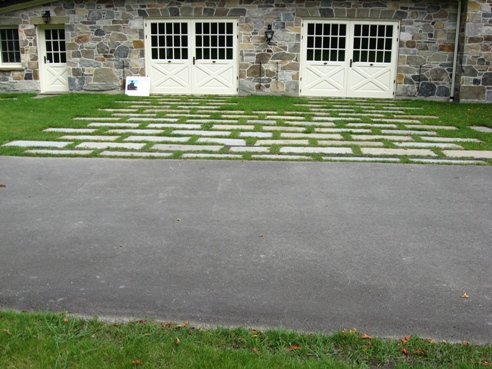
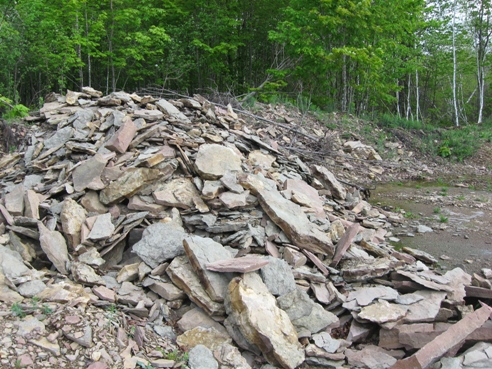
Get The Right Tool For The Job!
Your base
The key to making your patio last in many parts of the world is drainage. You have to make sure that water will drain from the surface of your patio as well as from the underneath of your patio. I usually excavate about 12" of material from the area I am going to lay my patio and install 8" of 3/4" clean crushed stone and compact it with a large plate compactor. This way I know that any water that may penetrate the surface of my patio will be able to be collected and evacuated from any drainage pipes I install from my 3/4" clean material base to other areas so that the base of my patio stays mostly dry not to compromise the integrity of underlying materials and prevent frost from swelling gathered water and disturb my patio.
I cover my clean material with a geotechtile membrane that allows water to penetrate but not finer materials, as I then spread out a few inches of 0-1/4" stone dust, or fine crushed stone, in which to lay my stone. Stone dust hardens very well and reduces the risk of materials being erroded from you patio as would happen with sand. On really dry days I spray the hose over the stone dust as I'm laying the stone to help the stone set well as it dries.
Positioning Your Stone
The most important thing to remember when you're laying your patio stone is that you're not the only one who is going to walk on it. Children or elderly people may venture on to your patio, so make sure the stone do not vary in height from one stone's edge to another more than a half inch or so. I know it doesn't sound like much, but it doesn't take much to catch a toe and fall down on your, stone, patio.
Try to keep your stone close together. I use several hammers, depending on the type of stone I'm laying, to shape one stone to the other's curves and shapes. Tight joints means less chance at getting a chair leg caught in a crack, or even a high heal, which could be quite unsafe. No matter how you succeed at keeping your joints tight, make sure you tightly pack them with whatever material you'll be finishing them with (pea gravel, sod, stone dust) at a good quarter inch higher then your finished stone, things will settle and pack with use at least that much.
Now that the safety side of things is taken care of, you have to think about the angle. The angle of your patio will determine exactly how much surface water is allowed to penetrate into your base as well as if any areas will pool or puddle. I lay with a strong 3/4" per four feet slope which allows plenty of surface drainage. However, if your stone are quite wavy or bumpy, you can lay a bit of a stronger slope. Always away from the center on patio within the centers of landscapes, and towards low edges on patios next to retaining walls or buildings. If there are no low areas near your patio, make sure you install a drain to evacuate any possible collected water.
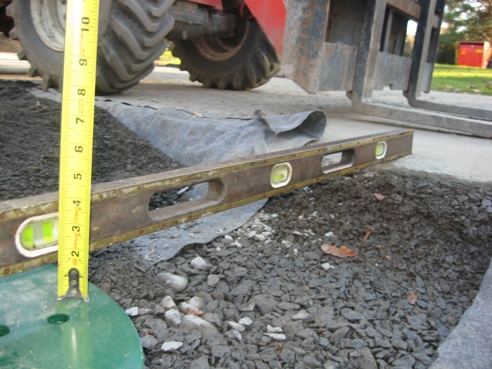
Setting Your Stone
Quite simply, the better you set them the first time, the less they're going to settle. If you use a rubber mallet or dead shot you might get good results, but you risk cracking your stone. Sometime a 1"x3", or a bit larger, piece of hardwood used to cushion the blows with a two pound hammer works well too.
Lay your stone where you want it and judge its height to what height you want it to be positioned. Remove it, and add or remove material from under where it will rest trying to match the dips and hollows of the stone shape so that it will be around a half inch to an inch high when you set it back down. Now you use your chosen hammer and gently but firmly drive it down to your desired level. Now you're going to want to pack the edges with more material until you feel sure that the stone will not wobble or lift when it is walked on. Now you're on your way, take your time, be patient, your going to have this patio for a long time.




